Rising Demand for Sustainable Products
The increasing consumer preference for sustainable products is a pivotal driver in the Paper Pulp Market. As environmental awareness grows, consumers are gravitating towards products that are eco-friendly and recyclable. This trend is reflected in the rising demand for paper products made from sustainable sources, such as recycled paper pulp. In 2025, the market for recycled paper pulp is projected to reach approximately 30 million tons, indicating a robust growth trajectory. Companies are responding by investing in sustainable practices, which not only meet consumer expectations but also comply with stringent regulations aimed at reducing carbon footprints. This shift towards sustainability is likely to reshape the Paper Pulp Market, encouraging innovation and the development of new products that align with eco-conscious values.
Growth in E-commerce and Packaging Needs
The rapid expansion of e-commerce is driving demand for packaging materials, which in turn fuels the Paper Pulp Market. As online shopping continues to grow, the need for sustainable packaging solutions becomes increasingly critical. In 2025, the demand for paper-based packaging is expected to rise by approximately 25%, reflecting a shift towards environmentally friendly options. This trend is prompting manufacturers to innovate in packaging design and materials, utilizing paper pulp as a primary resource. Consequently, the Paper Pulp Market is likely to experience significant growth, as companies seek to meet the packaging needs of e-commerce while adhering to sustainability standards.
Regulatory Support for Sustainable Practices
Government regulations promoting sustainable practices are significantly influencing the Paper Pulp Market. Many countries are implementing policies that encourage the use of renewable resources and the reduction of waste in pulp production. For example, regulations mandating the use of recycled materials in paper products are becoming more common, which is likely to boost the demand for recycled paper pulp. In 2025, it is estimated that regulatory frameworks will support a 20% increase in the use of sustainable raw materials in the Paper Pulp Market. This regulatory environment not only fosters innovation but also compels manufacturers to adopt more sustainable practices, thereby enhancing their market position.
Technological Innovations in Pulp Production
Technological advancements are transforming the Paper Pulp Market, enhancing production efficiency and product quality. Innovations such as digital monitoring systems and automated processes are streamlining operations, reducing waste, and lowering production costs. For instance, the adoption of advanced pulping technologies has been shown to increase yield rates by up to 15%, thereby improving profitability for manufacturers. Furthermore, the integration of artificial intelligence in production processes allows for real-time adjustments, optimizing resource use. As these technologies become more prevalent, they are expected to drive growth in the Paper Pulp Market, enabling companies to meet rising demand while maintaining competitive pricing.
Increased Investment in Recycling Infrastructure
Investment in recycling infrastructure is a crucial driver for the Paper Pulp Market. As the demand for recycled paper pulp rises, governments and private entities are allocating resources to enhance recycling capabilities. This investment is expected to improve collection rates and processing efficiency, thereby increasing the availability of recycled materials for pulp production. In 2025, it is projected that recycling rates for paper products will reach 70%, significantly impacting the Paper Pulp Market. Enhanced recycling infrastructure not only supports sustainability goals but also provides manufacturers with a reliable supply of raw materials, fostering growth and innovation in the sector.


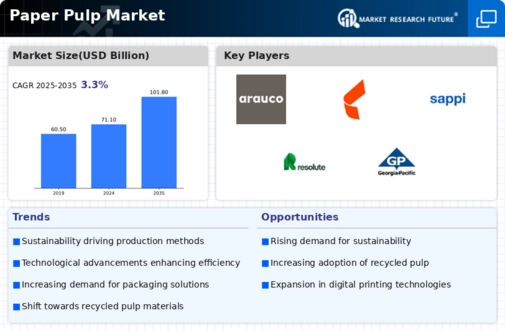
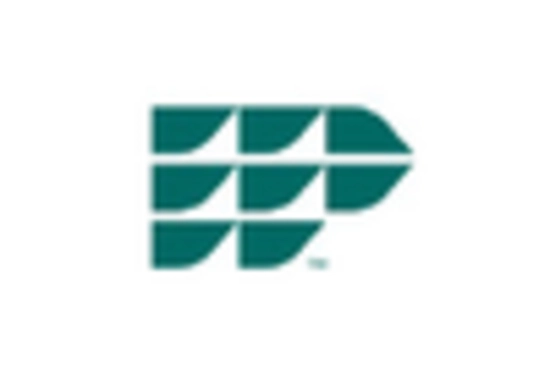

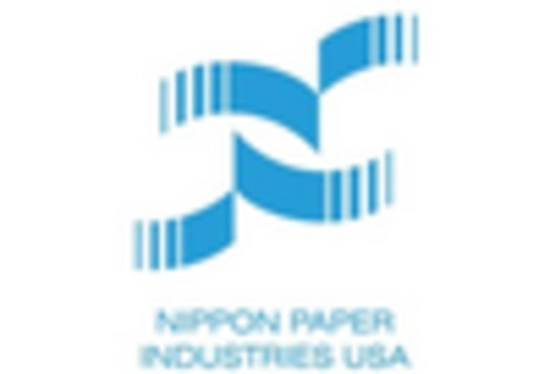
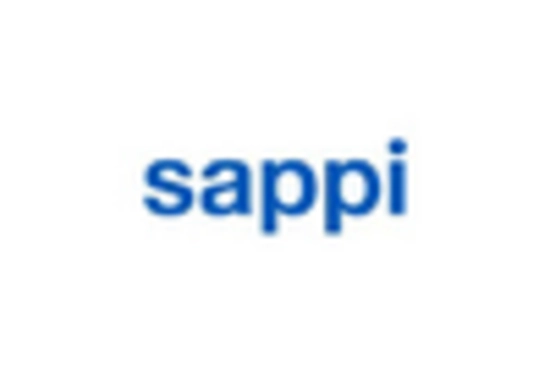
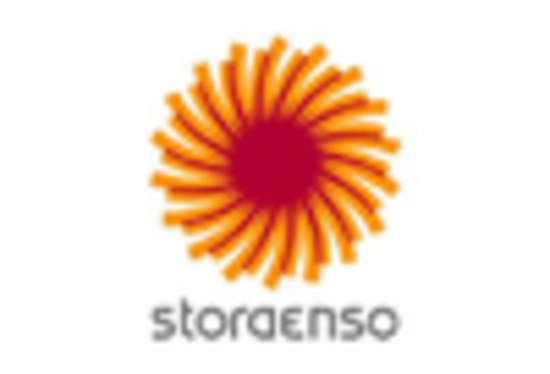









Leave a Comment